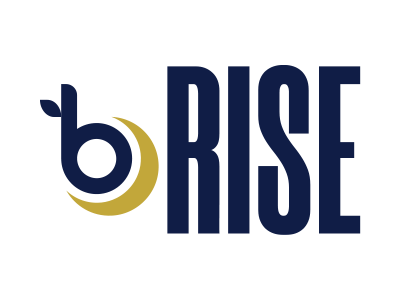Companies are increasingly offering employees remote work, especially for specific roles that don’t require office presence (such as virtual assistants). The term “remote work” refers to an arrangement in which your employee or team can work from a location outside of the office. This could be at the home or in a coworking space.
Remote employees can work from any location they have internet access. This could be in the comfort of your own home or at a coworking or shared office space or even the local café. Remote jobs depend on online tools such as collaborative software, cloud-based storage and the management of files, conferencing applications and video calling.
A well-planned onboarding procedure is essential to the success of a remote workforce whether you’re onboarding an employee from a remote location for the first time or returning remote worker. The process of onboarding must include both the soft and technical capabilities that your remote worker will require to be successful.
Remote workers can bring many benefits to your company, aside from the obvious one of decreasing costs for overhead. These benefits include a flexible schedule, higher productivity, and an active team. These benefits are driven by the fact that your employees are spending less time commuting, and more time working on the actual work they were hired to accomplish.

